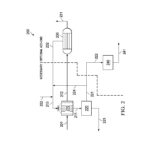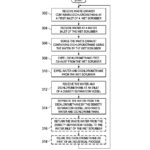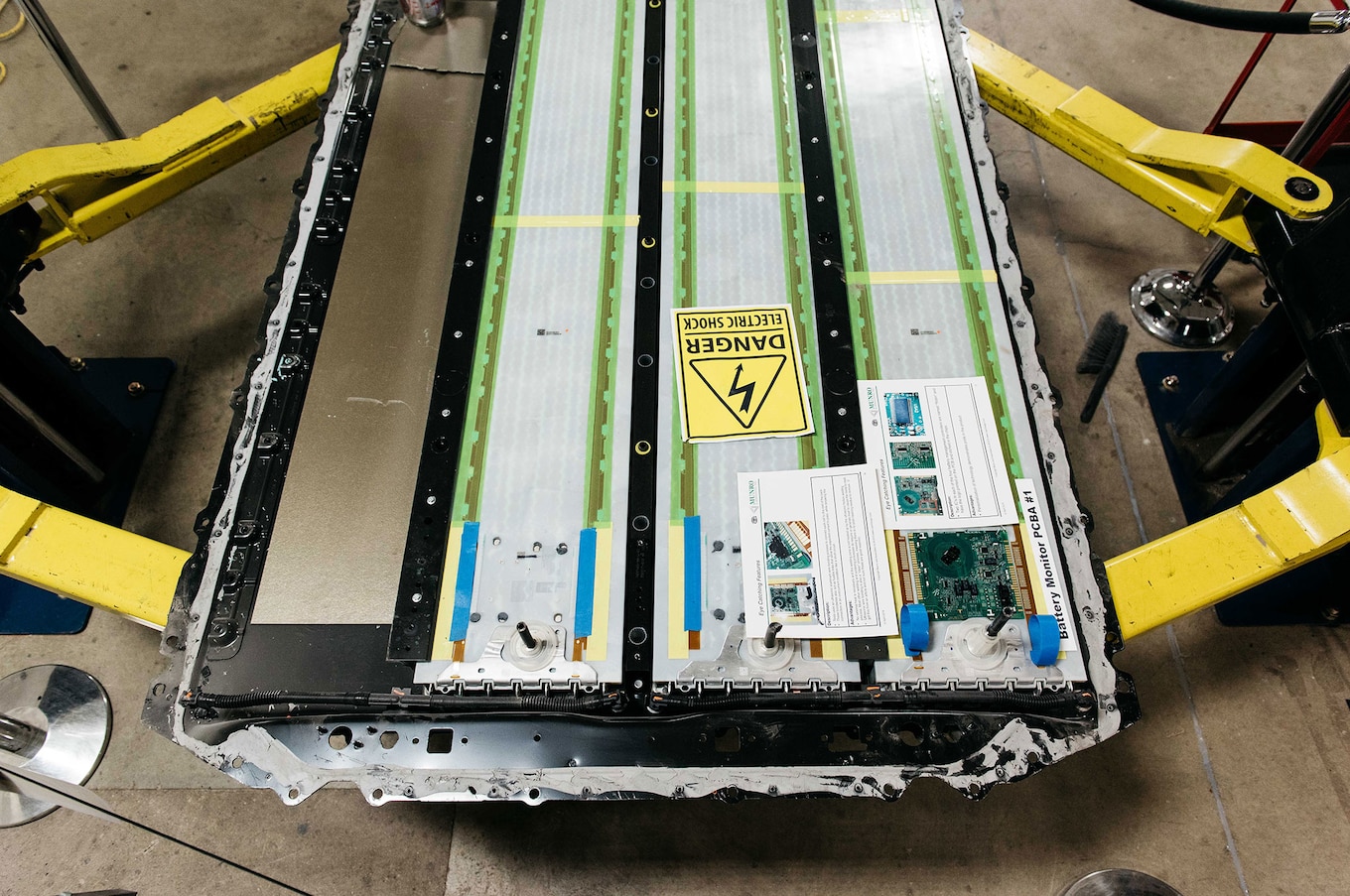
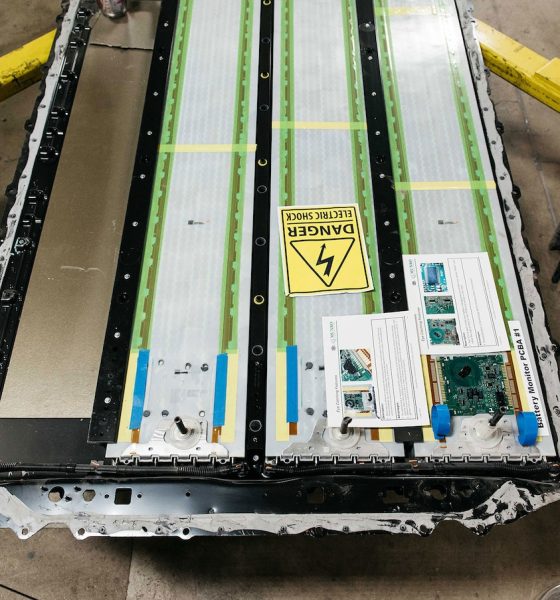
Investor's Corner
Tesla explores safer battery production with novel DCM recovery system patent
In what appears to be yet another step towards its goal of operating the safest car factory in the industry, Tesla has been granted a patent that could pave the way for a safer process in battery production. Published today, the electric car maker’s recent patent describes a system to treat and recycle Dichloromethane (DCM), which is among the materials used in the production of electric car batteries.
DCM is utilized in a variety of industrial processes, particularly in chemical plastic welding, wherein softened plastic pieces or surfaces are welded together. The material is also used to soften plastic sheets for stretching or shaping, and as a solvent to remove unwanted compounds. In Tesla’s case, DCM is among the materials used in the forming of a separator base film for an electric car’s battery system. While DCM is invaluable in manufacturing, though, the material carries some health risks.
Dichloromethane is the least toxic among the simple chlorohydrocarbons, but its high volatility makes it an inhalation hazard nonetheless. Prolonged skin contact with DCM could also result in the material dissolving some of the skin’s fatty tissues, causing irritation or chemical burns. With these risks in mind, the manufacturing industry employs ways to recover DCM. Tesla notes that current systems for DCM treatment and recovery are capital intensive, particularly since the process involves expensive components such as activated carbon beds, condensers, steam boilers and distribution systems, density separation vessels, and waste water treatment systems.
- Tesla’s DCM treatment system. [Credit: US Patent Office]
- A flow chart illustrating operation of an exhaust treatment system for treating a waste exhaust stream containing dichlorom ethane. [Credit: US Patent Office]
Tesla’s diagrams outlining its Dichloromethane recovery system. [Credit: US Patent Office]
Tesla describes conventional DCM treatment systems as follows:
“The DCM itself may then be removed through a heating and/or evaporation process with the exhaust collected. This exhaust containing DCM is then combined with the exhaust from other tools and systems used in the manufacturing process. The combined exhaust may then be fed to a recovery plant to recover DCM. In the recovery plant, the waste exhaust stream is typically treated with activated carbon. This scrubbing process requires high capital expenditure (many expensive components), high operating cost (extensive steam and cooling water consumption which accounts for >20% of total process cost), large footprint requirements, and large amounts of waste water that need to be processed. In order to address these cost and environmental-remediation issues, an improved process for the removal of DCM from exhaust streams is needed.”
Tesla’s take on DCM treatment and recovery utilizes a wet scrubber and a density separator vessel as key components of the system. The wet scrubber in Tesla’s patent has a scrubbing chamber, where water is utilized to scrub the waste exhaust stream containing the DCM. Tesla notes that the wet scrubber could adopt a variety of designs to remove DCM from the waste exhaust stream, including a venturi scrubber design, a condensation scrubber design, an impingement-plate scrubber design, or a packed bed tower design, among others.
Tesla’s use of a density separator vessel is described in the following section from the patent.
“The density separator vessel has an inlet to receive the liquid water and DCM mixture, an outlet to expel DCM, and an outlet to expel waste water. The DCM may be routed back to the industrial process for reuse and/or collected for later use. The waste water may be routed back to the wet scrubber, as shown along (the) waste water return loop. Waste water may also or alternately be routed to waste water treatment system for processing for subsequent treatment by (the) waste water treatment system.
“Typically, a large portion of the waste water is returned to the wet scrubber via (the) waste water return loop and a small portion of the waste water is treated by the waste water treatment system. Even though the waste water may contain small amounts of DCM, the waste water will still retain its ability to scrub the exhaust containing DCM. An advantage of the wet scrubber over the activated carbon beds is that all or most of the water used by the wet scrubber is the waste water from the density separator vessel, resulting in substantial savings of water and energy, and resultantly, substantial cost savings.”
Tesla states that compared to more traditional exhaust treatment systems, the DCM treatment and recovery model outlined in its patent effectively eliminates the use of steam and cooling, while also reducing the amount of throughput needed by a waste water system. With these efficiencies in mind, Tesla notes that it could reduce capital expenditures and operating costs “for the same amount of DCM processed processing.” The increased simplicity of the system and reduced airflow rates are expected to help the company get more savings in both capital expenditures and operating costs as well.
More than a way to optimize its operations, Tesla’s recent patent is also a notable way for the company to keep its battery production lines safer for its employees. Such a system would definitely be invaluable for the company, particularly as Tesla is now preparing the Model 3 for a global rollout. With the Model 3 ramp ever-expanding, and with high-volume vehicles like the Model Y and possibly the Tesla pickup truck in the pipeline, optimizations such as a better DCM treatment and recovery system are all but necessary.
Tesla’s recently published patent on its DCM treatment system could be accessed here.

Investor's Corner
Mizuho keeps Tesla (TSLA) “Outperform” rating but lowers price target
As per the Mizuho analyst, upcoming changes to EV incentives in the U.S. and China could affect Tesla’s unit growth more than previously expected.
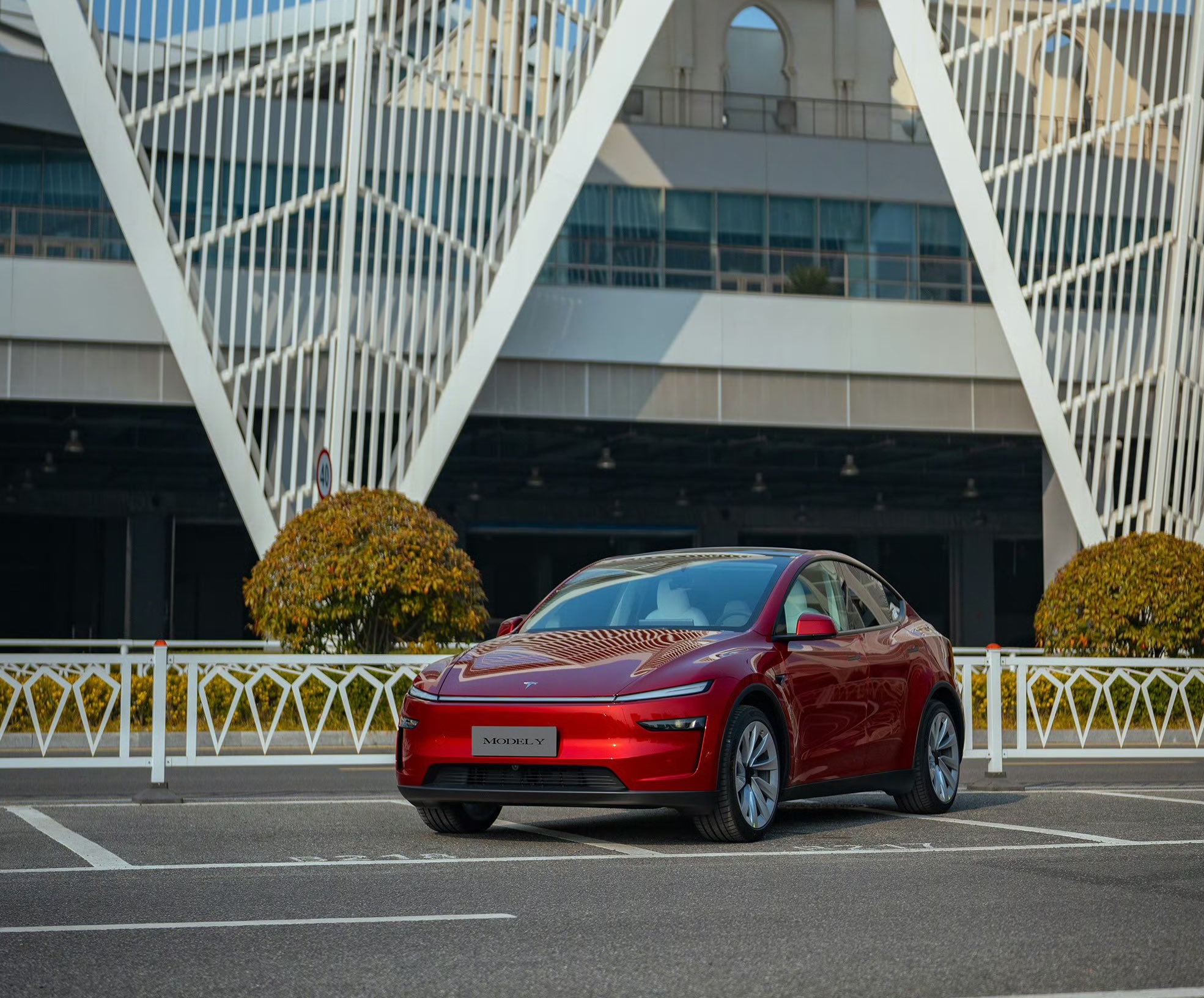
Mizuho analyst Vijay Rakesh lowered Tesla’s (NASDAQ:TSLA) price target to $475 from $485, citing potential 2026 EV subsidy cuts in the U.S. and China that could pressure deliveries. The firm maintained its Outperform rating for the electric vehicle maker, however.
As per the Mizuho analyst, upcoming changes to EV incentives in the U.S. and China could affect Tesla’s unit growth more than previously expected. The U.S. accounted for roughly 37% of Tesla’s third-quarter 2025 sales, while China represented about 34%, making both markets highly sensitive to policy shifts. Potential 50% cuts to Chinese subsidies and reduced U.S. incentives affected the firm’s outlook.
With those pressures factored in, the firm now expects Tesla to deliver 1.75 million vehicles in 2026 and 2 million in 2027, slightly below consensus estimates of 1.82 million and 2.15 million, respectively. The analyst was cautiously optimistic, as near-term pressure from subsidies is there, but the company’s long-term tech roadmap remains very compelling.
Despite the revised target, Mizuho remained optimistic on Tesla’s long-term technology roadmap. The firm highlighted three major growth drivers into 2027: the broader adoption of Full Self-Driving V14, the expansion of Tesla’s Robotaxi service, and the commercialization of Optimus, the company’s humanoid robot.
“We are lowering TSLA Ests/PT to $475 with Potential BEV headwinds in 2026E. We believe into 2026E, US (~37% of TSLA 3Q25 sales) EV subsidy cuts and China (34% of TSLA 3Q25 sales) potential 50% EV subsidy cuts could be a headwind to EV deliveries.
“We are now estimating TSLA deliveries for 2026/27E at 1.75M/2.00M (slightly below cons. 1.82M/2.15M). We see some LT drivers with FSD v14 adoption for autonomous, robotaxi launches, and humanoid robots into 2027 driving strength,” the analyst noted.
Investor's Corner
Tesla stock lands elusive ‘must own’ status from Wall Street firm
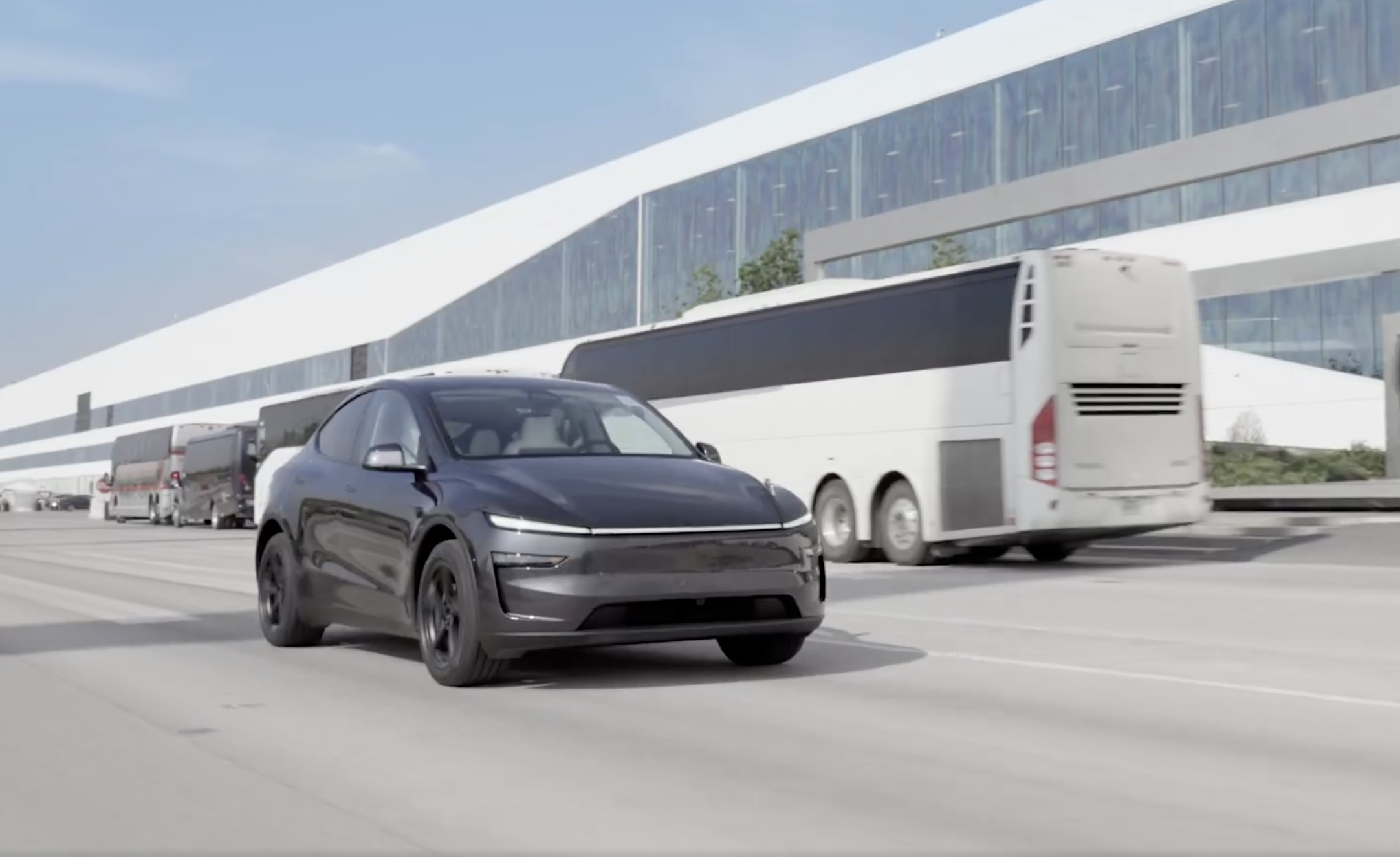
Tesla stock (NASDAQ: TSLA) has landed an elusive “must own” status from Wall Street firm Melius, according to a new note released early this week.
Analyst Rob Wertheimer said Tesla will lead the charge in world-changing tech, given the company’s focus on self-driving, autonomy, and Robotaxi. In a note to investors, Wertheimer said “the world is about to change, dramatically,” because of the advent of self-driving cars.
He looks at the industry and sees many potential players, but the firm says there will only be one true winner:
“Our point is not that Tesla is at risk, it’s that everybody else is.”
The major argument is that autonomy is nearing a tipping point where years of chipping away at the software and data needed to develop a sound, safe, and effective form of autonomous driving technology turn into an avalanche of progress.
Wertheimer believes autonomy is a $7 trillion sector,” and in the coming years, investors will see “hundreds of billions in value shift to Tesla.”
A lot of the major growth has to do with the all-too-common “butts in seats” strategy, as Wertheimer believes that only a fraction of people in the United States have ridden in a self-driving car. In Tesla’s regard, only “tens of thousands” have tried Tesla’s latest Full Self-Driving (Supervised) version, which is v14.
Tesla Full Self-Driving v14.2 – Full Review, the Good and the Bad
When it reaches a widespread rollout and more people are able to experience Tesla Full Self-Driving v14, he believes “it will shock most people.”
Citing things like Tesla’s massive data pool from its vehicles, as well as its shift to end-to-end neural nets in 2021 and 2022, as well as the upcoming AI5 chip, which will be put into a handful of vehicles next year, but will reach a wider rollout in 2027, Melius believes many investors are not aware of the pace of advancement in self-driving.
Tesla’s lead in its self-driving efforts is expanding, Wertheimer says. The company is making strategic choices on everything from hardware to software, manufacturing, and overall vehicle design. He says Tesla has left legacy automakers struggling to keep pace as they still rely on outdated architectures and fragmented supplier systems.
Tesla shares are up over 6 percent at 10:40 a.m. on the East Coast, trading at around $416.
Investor's Corner
Tesla analyst maintains $500 PT, says FSD drives better than humans now
The team also met with Tesla leaders for more than an hour to discuss autonomy, chip development, and upcoming deployment plans.

Tesla (NASDAQ:TSLA) received fresh support from Piper Sandler this week after analysts toured the Fremont Factory and tested the company’s latest Full Self-Driving software. The firm reaffirmed its $500 price target, stating that FSD V14 delivered a notably smooth robotaxi demonstration and may already perform at levels comparable to, if not better than, average human drivers.
The team also met with Tesla leaders for more than an hour to discuss autonomy, chip development, and upcoming deployment plans.
Analysts highlight autonomy progress
During more than 75 minutes of focused discussions, analysts reportedly focused on FSD v14’s updates. Piper Sandler’s team pointed to meaningful strides in perception, object handling, and overall ride smoothness during the robotaxi demo.
The visit also included discussions on updates to Tesla’s in-house chip initiatives, its Optimus program, and the growth of the company’s battery storage business. Analysts noted that Tesla continues refining cost structures and capital expenditure expectations, which are key elements in future margin recovery, as noted in a Yahoo Finance report.
Analyst Alexander Potter noted that “we think FSD is a truly impressive product that is (probably) already better at driving than the average American.” This conclusion was strengthened by what he described as a “flawless robotaxi ride to the hotel.”
Street targets diverge on TSLA
While Piper Sandler stands by its $500 target, it is not the highest estimate on the Street. Wedbush, for one, has a $600 per share price target for TSLA stock.
Other institutions have also weighed in on TSLA stock as of late. HSBC reiterated a Reduce rating with a $131 target, citing a gap between earnings fundamentals and the company’s market value. By contrast, TD Cowen maintained a Buy rating and a $509 target, pointing to strong autonomous driving demonstrations in Austin and the pace of software-driven improvements.
Stifel analysts also lifted their price target for Tesla to $508 per share over the company’s ongoing robotaxi and FSD programs.
